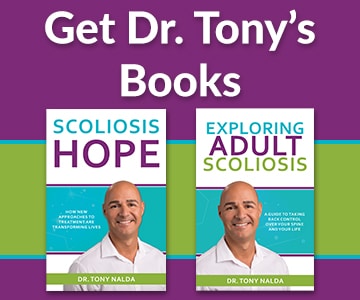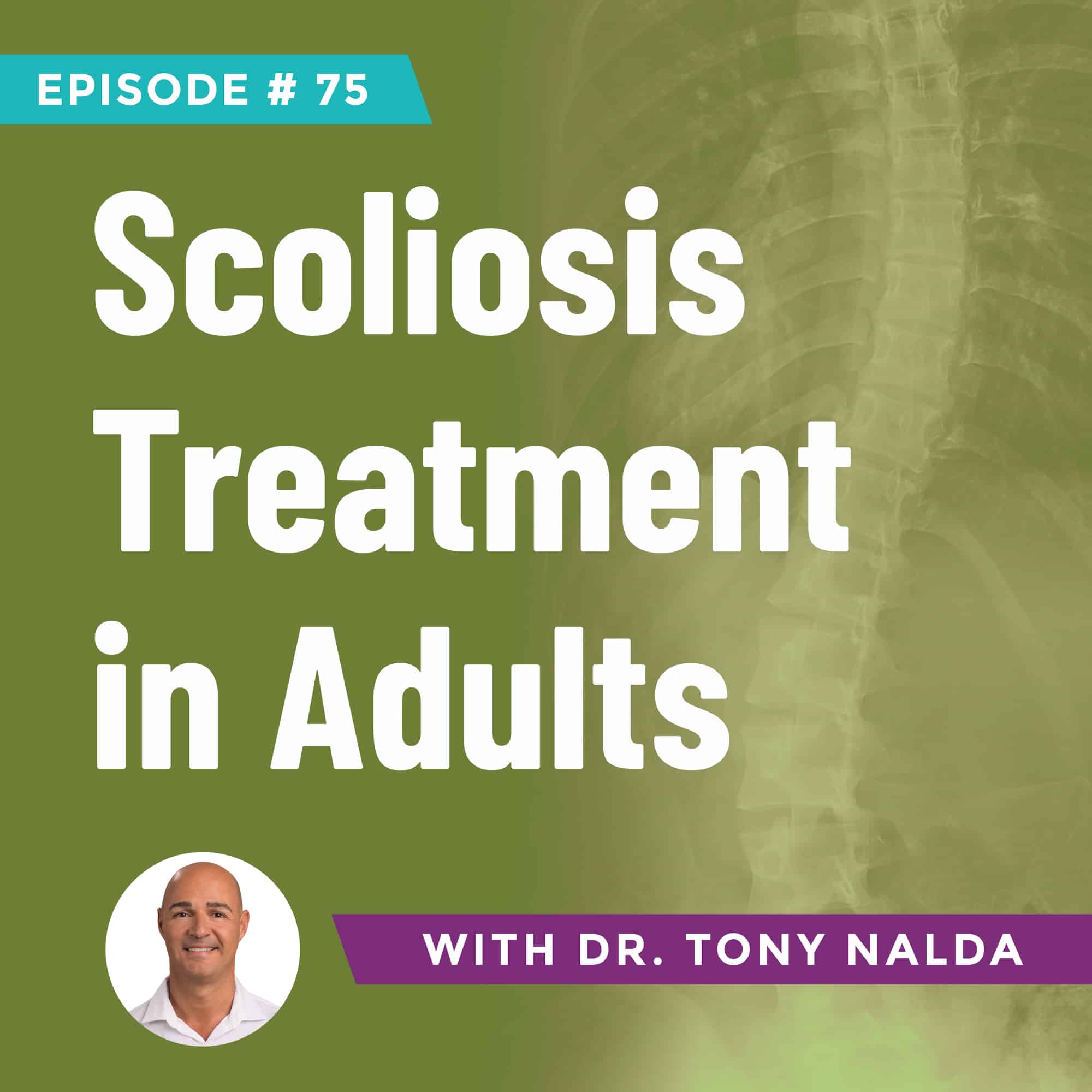Episode 75: Scoliosis Treatment in Adults
Contrary to common belief, scoliosis affects a larger percentage of older patients than children. It's most prevalent between 10 and 18 years of age and this is something that we call adolescent idiopathic scoliosis.
Types of Scoliosis
- Idiopathic Scoliosis: The most common type with no clear singular causation factor; it is a multifactor problem.
- Neuromuscular Scoliosis: Associated with conditions like Down syndrome, neurofibromatosis, and cerebral palsy.
- Congenital Scoliosis: Results from bone malformation during fetal development.
- Degenerative Scoliosis: Caused by age-related deterioration of the spine; not a natural part of aging.
Symptoms of Adult Scoliosis
- Pain, typically starting around 40 years of age.
- Pain results from the spine compressing over time, causing localized back pain and radiating pain in the legs and feet.
- Postural changes such as leaning to one side, uneven shoulders, rib arches, and hips can occur.
- Scoliosis can affect the lower extremities, leading to hip, knee, and foot problems.
- Alignment issues in the spine can also disrupt balance and nerve function.
Impact of Untreated Scoliosis
- If left untreated, scoliosis can have wide-ranging effects on the body's biomechanical system.
- Since everything is connected to the spine, it can lead to mechanical issues and affect nerve function.
- Nerve dysfunction can result in neurological pain and other health problems.
The primary goal of treatment in adult scoliosis should be curve reduction to prevent further deterioration. Preserving function and avoiding invasive treatments like surgery should also be a priority. Stabilizing the condition, improving spinal muscles for support, and reducing pain are essential treatment objectives.
Scoliosis treatment in adults can only be effective with early intervention. By reducing the curve and maintaining spinal health can significantly improve the quality of life and reduce the need for invasive treatments.
Be sure to subscribe to Dr. Tony Nalda's podcast for more valuable insights and information.
Artlist.io 847544
Podcast: Play in new window | Download
Subscribe: RSS
Dr. Tony Nalda
DOCTOR OF CHIROPRACTIC
After receiving an undergraduate degree in psychology and his Doctorate of Chiropractic from Life University, Dr. Nalda settled in Celebration, Florida and proceeded to build one of Central Florida’s most successful chiropractic clinics.
His experience with patients suffering from scoliosis, and the confusion and frustration they faced, led him to seek a specialty in scoliosis care. In 2006 he completed his Intensive Care Certification from CLEAR Institute, a leading scoliosis educational and certification center.
About Dr. Tony Nalda
 Ready to explore scoliosis treatment? Contact Us Now
Ready to explore scoliosis treatment? Contact Us Now








